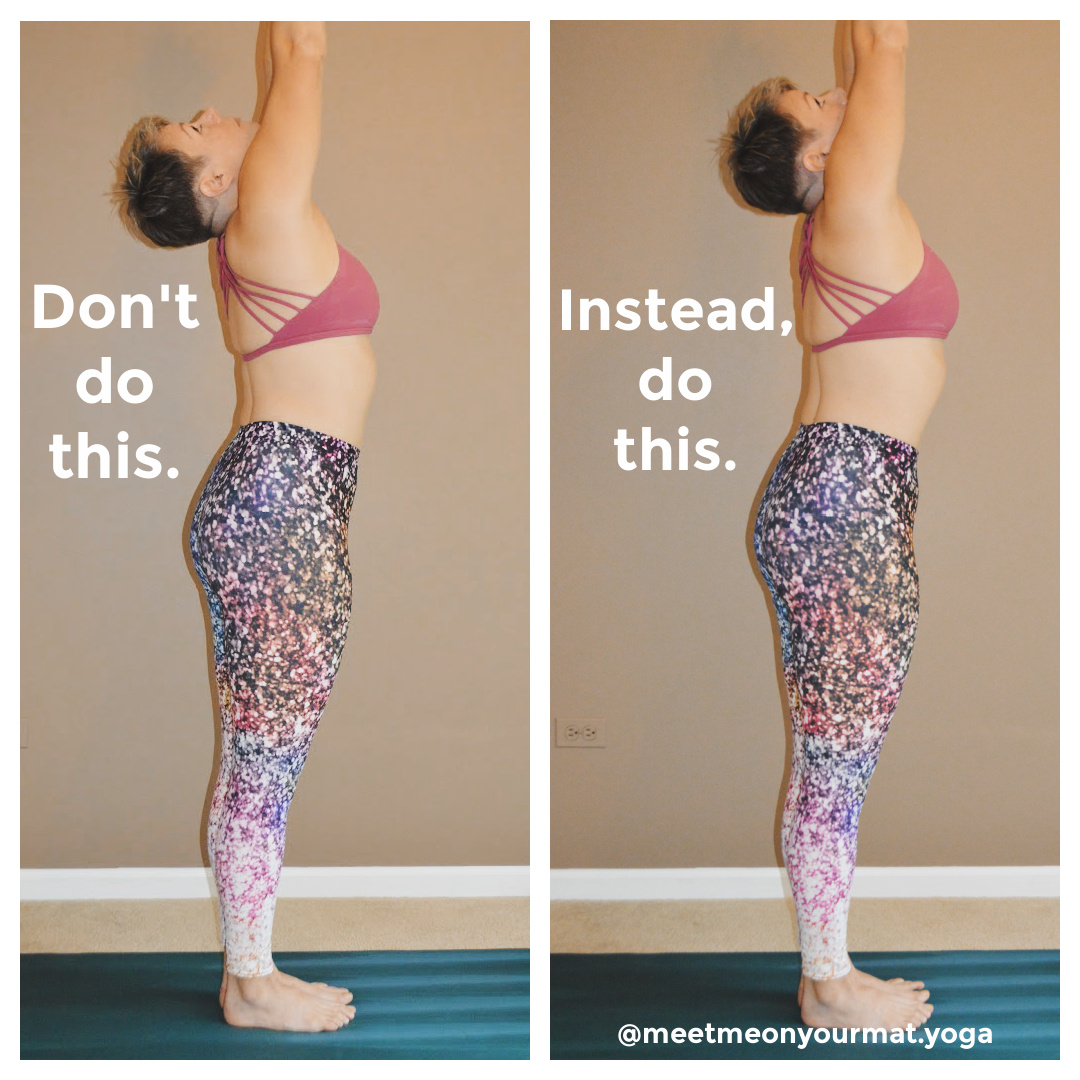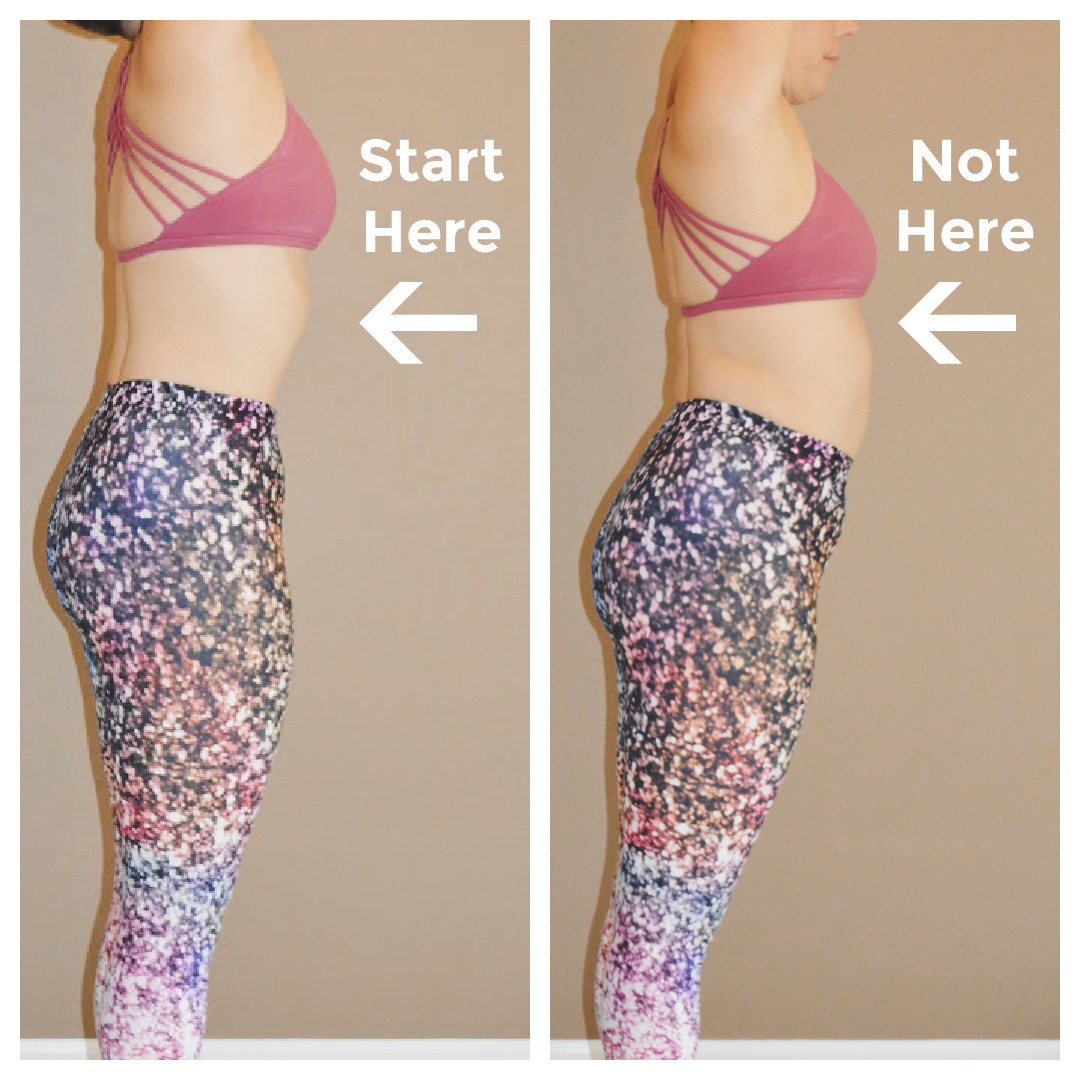3 Tips to Create Your Best Backbend
Oct 18, 2021Back bending is HUGE part of yoga. In fact, there were years of my practice where they were all I thought about, all I focused on, and the only thing I that mattered.
And, though those days are gone like the ones in which donned 4-inch heels because I liked the way it made my legs look no matter how far I had to walk in those damn shoes, back bending technique is still something I’m completely fascinated by and will continue to explore and study for the rest of my days.
Back bending is healing therapy… when you approach it the right way.
It strengthens the muscles that support your spine, opens your shoulders, opens up the front of your hips, releases anxiety, creates confidence, builds self-esteem, and feels super awesome to boot.
I had years where I just went “way back,” without thinking about how to best approach it. And… that didn’t work too well for me. Why? Because the backbend landed directly in my low spine and just hung there. Yes, it looked impressive. But, no – in the long run, it wasn’t very healing over time.
What most people that practice yoga rarely acknowledge is if you are going to backbend for years upon years, you have to be vigilant about your technique.
Your approach must change over time as your practice develops and evolves. If you believe that your bomb of a backbend no longer needs eyes on it or correction, I hope you change your mind about that… and soon.
So, here are 3 of my main tips to help you get the most out of your back bending time, keep your spine happy, and keep the technique of your bends in tip top shape.
Tip #1: Keep Space at the Back of Your Neck.
I’m going to say something that you might not like. The cue, “Drop your head back,” is not a good cue. It’s kind of an awful cue. And, here’s why.
When you are given this cue, you do exactly what it says if you have normal range of motion through the cervical spine, or the neck. And, not only does that cause a whole slew of issues in the long run, it’s also stopping you from getting the most out of your backbend.
So, instead just look up at the ceiling. There should be a nice line at the front of the throat perpendicular to the ceiling. I should be able to stick two fingers at the back of your neck comfortably. The back of your head should not be resting on your back at all.
Only when you’ve moved through your thoracic spine as much as is possible for you on a given day, would you then let the head go back further. The attached video will demonstrate this perfectly, so you understand.

Tip #2: Close Your Ribs.
When you close the ribs, the pelvis moves to the proper position for your backbend beginnings, and you stay out of pulling directly into the lumbar, or low, spine from the start. Continue to concentrate on the feeling of pulling the ribs up away from the hips as you go deeper into the bend.

Tip #3: Stay Out of Your Lumbar Spine for as Long as Possible.
Backbends begin at the top of the spine and work their way down. When you begin to work the correct way, you might not be able to “go as deep.” Or, you’ll at least feel that way at first. Depth is nothing, if the backbend begins to cause low spine pain and discomfort over time. Only when you’ve moved through the cervical and thoracic spine to your greatest capacity would you then allow yourself to bring the backbend into the lumbar spine. In this way the entire spine is working together to support the bend.

To get the full impact of this post be sure to check out the attached video at the top of the page.
I hope this helps or at least gets you thinking about your bends. If you got some good things out of this post, share it with your yoga buddies.
Sending you love & hugs,
Tori
Want to develop a lifelong yoga practice that evolves, grows, and surprises you on the daily? Come join me for class.
Join me for my weekly
Mat Chats Newsletter
Besides a healthy dose of yoga inspiration and fun, you'll receive first look at live in-person events, trainings, & retreats and all of the latest updates.
I hate SPAM. I will never send you junk.



